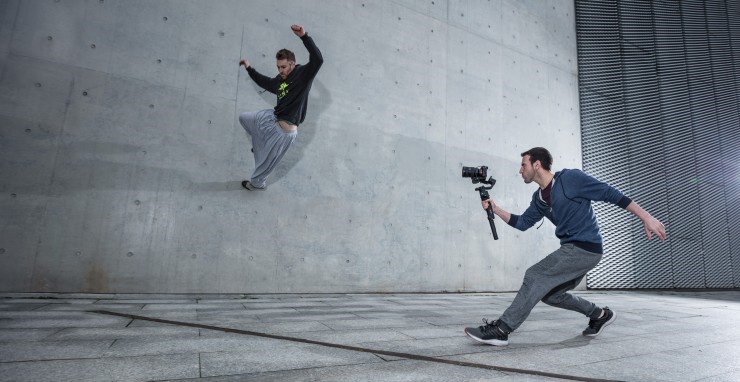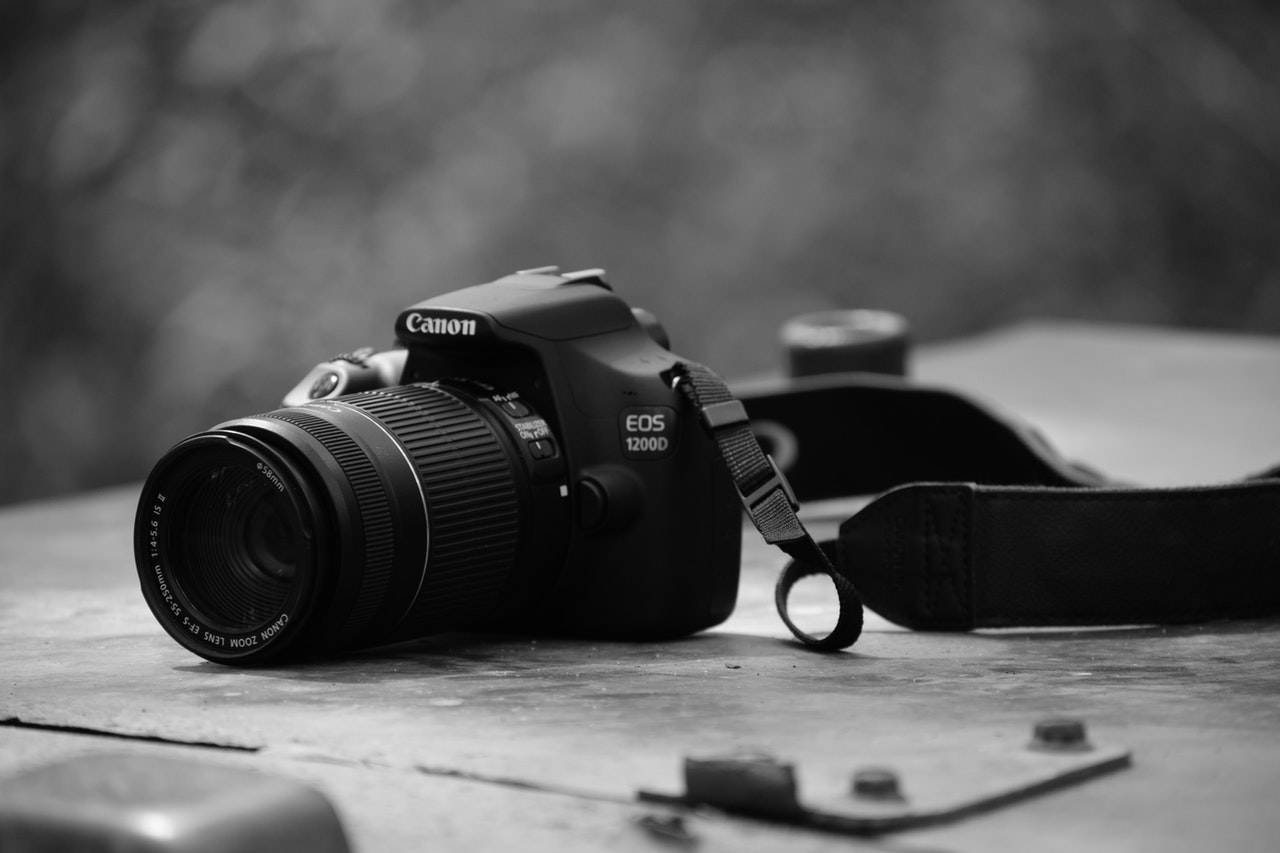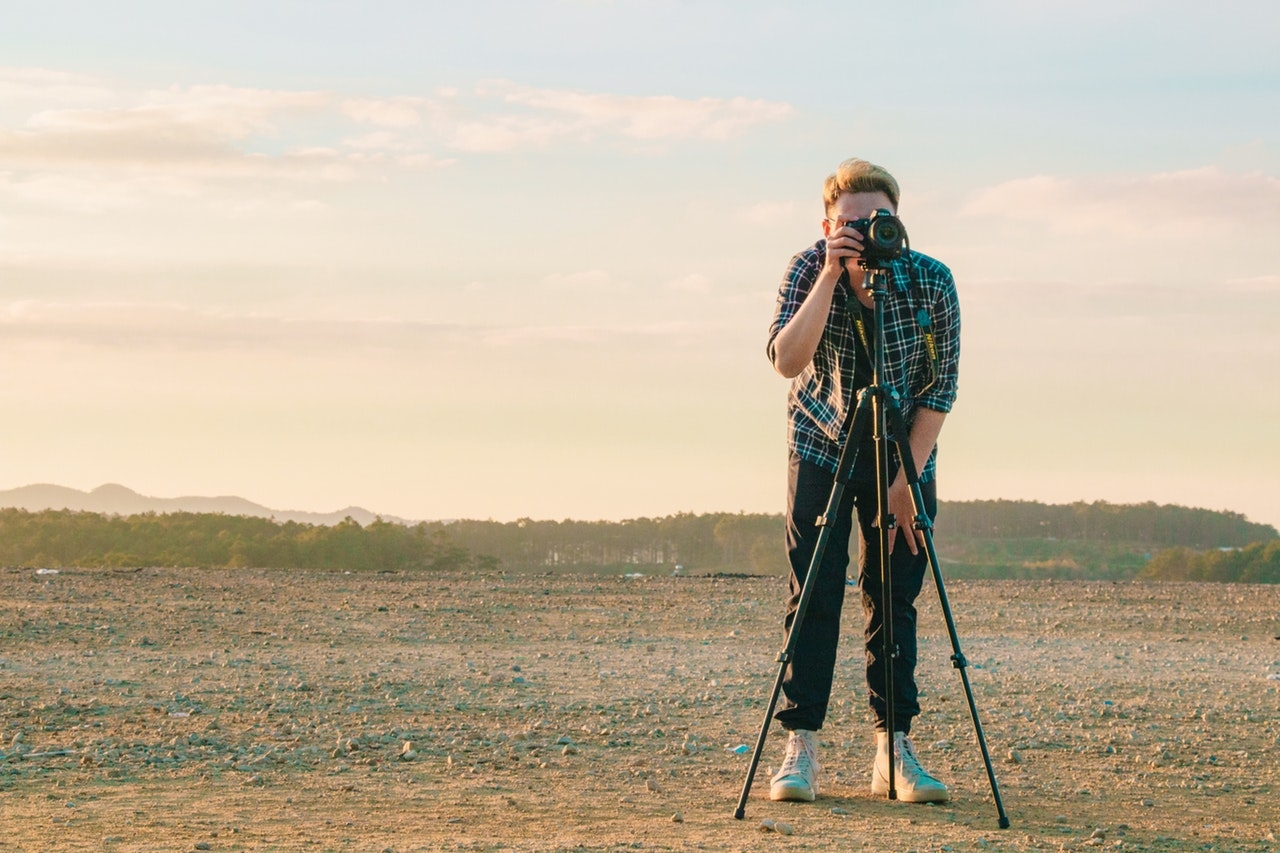A Budget Guide To Basic Filmmaking Equipment

Image: DJI Ronin S
If you’re considering a serious foray into the world of filmmaking, there’s something you should know--you’re going to need to spend some money. Whether you’re shooting on a simple DSLR or high-end film cameras, even the lowest-budget projects come with a considerable price tag.
The heaviest weight on your wallet will probably be your equipment. But don’t lose too much sleep over budget concerns. You don’t need to be decked out like a big studio to make successful films. D1 Store has compiled a basic equipment guide for every aspiring filmmaker looking to make the leap into professional filmmaking.

Your camera
It’s easier to capture professional-looking shots with quality equipment. However, high-end film cameras can fetch up to $100,000 AUD -- well beyond the price bracket of filmmakers just starting out. Even renting is out of reach for many beginners, with prices amounting to nearly $1000 AUD per day. These prices are enough to make any aspiring filmmaker who doesn’t have the pockets of big studios hesitate.
Fortunately, you don’t need a premium camera to shoot a good film. A lot of popular movies were shot by consumer-grade equipment. Portions of Darren Aronofsky’s Black Swan was shot with a Canon 5D Mark II. The camera costs around $3,000 AUD today.
A lot of budget filmmakers and film students shoot with mirrorless DSLR and mirrorless cameras. These “prosumer” (pro + consumer) units are powerful enough to offer in-depth customisation while fitting into a modest budget.
Your camera’s support: Gimbals
What usually separates an amateur and professional shots for most people is butter smooth shots. Nothing screams amateur home footage like jerky shots unless you’re filming a found footage flick.
That’s why gimbals are a necessity for any serious filmmaker. But like cameras, professional gimbals can be pricey. They can also be unwieldy, with some gimbal rigs weighing up to 25 pounds. You don’t need these behemoths to make a good film.
Filmmakers can opt for much cheaper and more convenient options. DJI’s Ronin-S is a single-handed gimbal for DSLR and mirrorless cameras.It weighs in at a max of 3.6kg, and innovative controls allow you to switch from modes with a simple click.
Filmmaking is a flurry of multiple types of equipment working with one another. The DJI Ronin-S is designed to integrate with additional equipment such as microphones, LED lights, or extra monitors. You can also detach the head of the Ronin-S and mount it onto buggies or a jib, allowing for smooth and creative shots.


Along with the hardware, the DJI Ronin-S is capable of shooting in four dynamic modes: Panorama, Motion lapsed, Timelapse, and Track.
For the price of $1,000 AUD, the DJI Ronin-S gives you the working quality of its higher-tier cousins, like the DJI Ronin-M and DJI Ronin-MX.
Your camera’s support: Tripods
Tripods are a basic necessity because while gimbals are great for dynamic, moving shots, some shots just need camera consistent, set angles. A tripod will eliminate the shake of a handheld camera. It also allows for fluid panning along a steady path.
Tripods are sold at a range of $60 to $1500 AUD, which gives a great variety of options for filmmakers on any budget level.
Your lights: Tungsten lights, LED lights, or just natural lighting?
Great “natural” lighting can take some practice to mimic and play using film lights. Beginners should practice with natural lighting before investing in any advanced lighting equipment.
Since choosing your own lighting equipment can be intimidating, beginners can just opt for tried and tested kits. For instance, Caleb Pike of DSLR Video Shooter recommends a basic kit that just costs around $350 AUD.
Your sounds: Microphones, recorders, and headphones
While DSLRs and mirrorless cameras can capture audio, the quality is arguably more home video than professional. Built-in mics on consumer or prosumer cameras rarely afford the versatility to enhance certain sounds or block out the noise. To get clear, crisp audio, you’re going to need at least a dedicated microphone and a recorder.
A microphone is important for capturing dialogue, or for recording interviews. These come in various types. Lavalier microphones -- those little-wired mics that clip onto clothing -- are good for capturing dialogue. Directional microphones are great for only focusing on sounds you want to capture, and muting everything else.
Audio recorders do the work of capturing sounds accurately. You’re also going to need a pair of headphones to monitor sounds, to make sure you’re not losing a great shot to poor audio.
In total, a good, basic sound equipment kit will cost you upwards of $500 AUD.
Your editing machine, aka, your computer
How you edit can make or break any film project. Investing in powerful editing software is a necessity, rather than a nice to have, for any aspiring filmmaker.
You’re going to need a computer with adequate specs. Most footage is now shot in high-end video resolutions. Your computer doesn’t have to necessarily be very powerful, but at the least, it’s going to need the processing power required to edit such footage. The recommended minimum for smooth editing is:
Memory: 4GB or higher for editing 4K resolution videos
Disk Space: At least 4GB for processing, plus additional space for clips
Processor: Intel 6th Gen, or higher
Graphics: A dedicated graphics card of at least 1GB VRAM
There’s also the question of software. You’ve probably already spent some time tinkering with videos, or already have your editing poison of choice when it comes to tools. The software will determine which setup you’re getting. Obviously, if you’re more comfortable using Final Cut Pro X, you will need a Mac and a Windows PC for Sony Vegas Pro.
The Final Cut Pro X and Sony Vegas Pro both cost around $400 to $600 AUD.
Filmmaking will take money to start, but you don’t have to break the bank to make great films. If you’re serious about making films, then a budget of around $6,000 AUD will be a good place to start.

